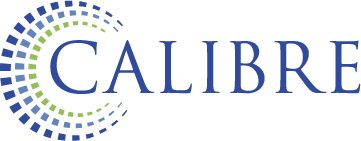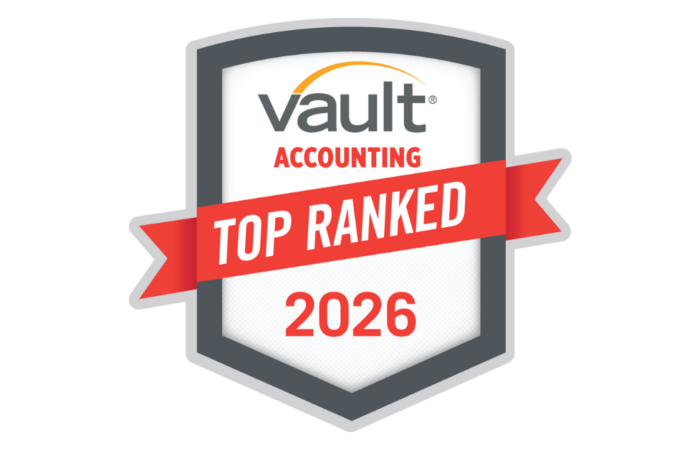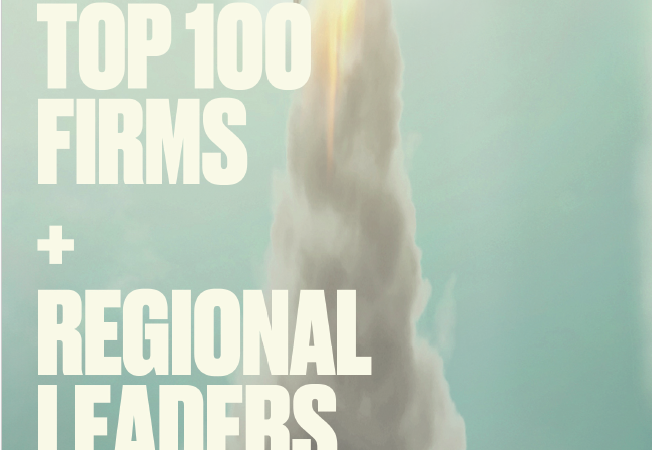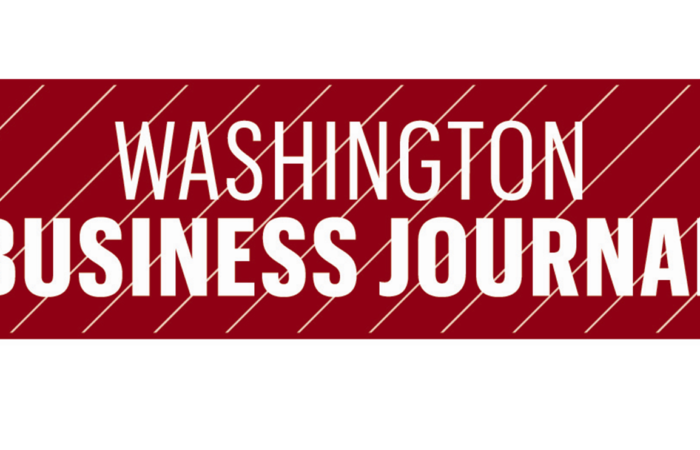In December 2013, the United States Office of Management and Budget (OMB) issued comprehensive
grant reform rules titled “Uniform Administrative Requirements, Cost Principles, and Audit Requirements for Federal Awards” (or Uniform Guidance). The Uniform Guidance consolidated several OMB circulars, including A-110, A-122 and A-133. Additionally, the guidance included important updates to several areas related to federal grant award administration, including procurement. Understanding how these changes impact your organization‘s practices will help ensure that you have set the foundation for compliance.
While the new Uniform Guidance is effective for new federal awards and existing awards with changed funding or terms and conditions issued after December 26, 2014, there is a two-year grace period which expires two full fiscal years following December 26, 2014. This means for
organizations with a December 31st fiscal year end the new standards are applicable beginning January 1, 2017.
Key points that distinguish the new Uniform Guidance from the previous guidance under OMB Circular A-110 are as follows:
- Designed to better mitigate the risk of waste, fraud and abuse
- Explicitly requires internal controls over how federal award funds are used
- Requires the entity to follow its own documented procurement procedures that reflect applicable state and local laws and regulations
The Uniform Guidance outlines five methods of procurement:
Micropurchases
- Under the micropurchase threshold (currently $3,500, and recently adjusted from $3,000)
- No bid or quote process required
- No cost or price analysis required
- Should be distributed among a range of qualified vendors
Small Purchases
- Under $150,000
- Price or rate quotes required from an adequate number of sources
- Should be distributed among a range of vendors
Sealed Bids
- Over $150,000
- Typically used for construction contracts
- Bids must be publicly solicited
- Two or more bidders are willing and able to compete and qualified to do the work
- Complete, adequate, and realistic specification or purchase description is available
- Firm fixed-price contract is feasible; a bidder can be selected based on price
Competitive Proposals
- Over $150,000
- Requires request-for-proposal process and solicitation of an adequate number of bidders
- Written method of evaluation, considering price as well as other factors advantages to the program
Noncompetitive Proposals
- Known as sole-source procurement
- Public emergency won’t permit a delay resulting from competitive solicitation
- Expressly authorized by the awarding agency or passthrough entity
- Competition is determined to be inadequate after solicitation
How Do These Changes Impact Your Organization?
The first step for not-for-profits trying to implement the new Procurement Standards should be to review your organization’s written policies. If your policies are outdated, they are also likely not in compliance with the new standards.
Below are key factors to consider during the review and, if necessary, revision of your policies:
- Ensure the policy, at a minimum, includes the methods of procurement prescribed in the new
standards. This will likely be the most significant change to the procurement process, as organizations will need to establish controls and develop procedures to document their process for each method. - Ensure the policy addresses conflict of interest to specify defines what constitutes a conflict of interest and also clearly states that employees with conflicts are precluded from the procurement process.
- For small purchases, the standards call for obtaining an adequate number of quotes, but organizations should address what they consider an adequate number of quotes.
- Consider developing a cross-functional committee dedicated to the evaluation and selection process of sealed bids and competitive proposals. Standardized templates could be utilized to allow for consistent evaluation among the committee members.
- Summaries of the evaluations and rationale for the final selections on sealed bids and competitive bids should be prepared and presented to the Board of Directors for final approval.
- Develop standardized templates to help with cost/price analysis to ensure each procurement is
consistently evaluated. - Establish a document retention policy to ensure each step of the procurement process is documented and retained for the auditors during their compliance testing.
- Hold training sessions with employees responsible for procurement to ensure they understand the new standards.
- Develop a checklist to help management ensure each step of the procurement process has been completed before making a selection.
Calibre CPA Group advises our clients to review the new standards, determine the impact on your organization, and develop a plan for compliance. Calibre is readily available to provide guidance on how your audit may be affected by the new Uniform Guidance, as well as to provide recommendations regarding best practices for grant compliance.
By: Lila Leno, CPA | Senior Manager




